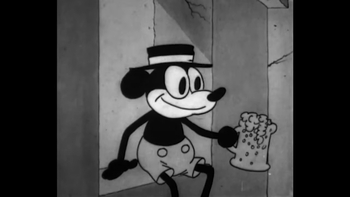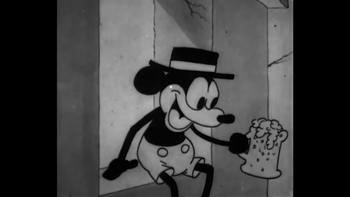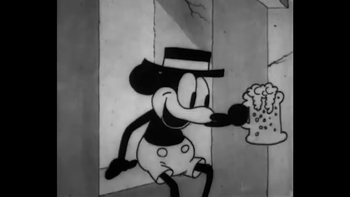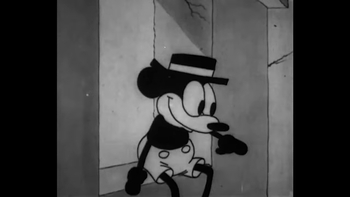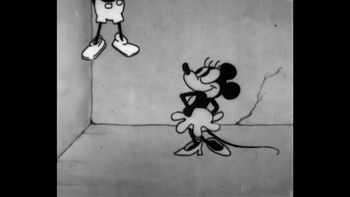Filters 
GRID
?
0 shots found
in 0 movies in 0.00s
in 0 movies in 0.00s
MOVIE / DIRECTOR
?
Search any
director
movie
A search by movie or by director.
COUNTRY
?
0 movie
Choose a country to display movies from that location.
FRAMING
?
Filmmakers use framing to create effects of proximity or distance with characters. Wide shots, as in Lawrence of Arabia (David Lean, 1962), help to situate the action in a vast space, while close-ups, as in Persona (Ingmar Bergman, 1966), generally highlight the actors' expressions.
RELEASE YEAR
?
0 films
This filter allows you to select movies according to their release year and explore the evolution of cinematographic techniques, genres and styles over time.
BRIGHTNESS
?
-- %
0%
100%
The brightness filter explores the management of light in scenes, essential to atmosphere and artistic direction. Films like “Blade Runner“ (1982) use brightness to create effects of contrast and mystery, playing with shadows and lights to enrich the storytelling. This filter helps to understand how filmmakers use light to guide emotion and focus attention on key elements of the scene.
MOVIE COLOR
?


both
Color in cinema appeared as early as the first years of the 20th century, with the first manually colored or tinted films using processes such as stencil color, tinting and toning. However, it is the introduction of Technicolor, notably with its two-color process from the 1920s and the first feature film entirely in Technicolor, “The Toll of the Sea” in 1922, that marks a first significant advance. Color as we know it today, with a full and realistic range, became a standard practice in the 1930s with the development of three-strip Technicolor, first used in short films and then in “Becky Sharp” in 1935, the first feature film to use this technique.
DIALOGUE
?
TEMPERATURE
?
-- °K
1,000 °K
10,000 °K
This filter explores the use of color to influence the atmosphere and emotions of a scene. “Amélie” (2001) uses warm hues to create a welcoming and magical atmosphere, reflecting the idyllic and romantic vision of Paris. In contrast, films with cold hues like “Inception” (2010) can evoke a sense of distance or mystery. This filter highlights the effect of color temperatures on visual storytelling and viewer immersion.
MOVIE RATIO
?
1.37:1
Academy Ratio
This filter allows sorting scenes by their aspect ratio, offering a dive into the aesthetic evolution of cinema. From the academic format 1.33:1, emblematic of early films, to the Cinemascope 2.35:1, favored for epic panoramas. “Lawrence of Arabia“ (1962) masterfully illustrates the use of the wide format, accentuating the vastness of the desert. This filter reveals how the ratio influences the narration, composition, and the viewer's immersion in the work.
